Looking to give your next project a bold, glossy finish that lasts? Resin paint is a favorite among DIYers, artists, and even professionals who want their work to stand out.
Whether you’re painting furniture, making art, or covering floors, resin paint offers a smooth, durable look that regular paint just can’t match.
In this guide, you’ll learn what resin paint is, when to use it, how to apply it, and how to fix common issues, plus some creative ideas to get you inspired!
What is Resin Paint?
Resin paint is a super-strong, high-gloss paint made by mixing resin, like epoxy or acrylic, with color pigments.
The term “resin paint” is broad and not always used as a product category in stores. Most products will be labeled as “epoxy paint,” “acrylic resin paint,” or “polyurethane paint.” It’s not your average wall paint.
Resin paint hardens into a shiny, glass-like layer that protects whatever you put it on. People love it for surfaces that need to be tough, waterproof, and easy to clean, like countertops, tables, or even art pieces.
Types of Resin Paint
Epoxy Resin Paint
Epoxy resin paint is the toughest kind, perfect for garage floors, kitchen counters, or any spot that takes a lot of wear and tear. It dries hard, resists scratches, and stands up to water and chemicals.
Acrylic Resin Paint
Acrylic resin paint is easier to use and dries faster. It’s great for crafts, art, and furniture. The finish is still shiny and tough, but it’s a little more flexible than epoxy.
Polyurethane Resin Paint
Polyurethane resin paint is another strong option, especially for outdoor use. It’s resistant to sunlight, so it won’t yellow or fade as quickly.
📌Want to see what you can do with resin art? Check out these cool resin art ideas to get inspired.
Resin Paint vs. Epoxy Paint: What's the Difference?
A lot of people mix up resin paint and epoxy paint. Here’s the deal: all epoxy paints are resin paints, but not all resin paints are epoxy.
Epoxy paint is made with epoxy resin, making it extra hard and chemical-resistant. Other resin paints, like acrylic or polyurethane, use different resins for different finishes and uses.
If you want the toughest, shiniest finish, go for epoxy. If you want something quick and easy, acrylic resin paint is your best bet.
💡 Look for the specific resin type (epoxy, acrylic, or polyurethane) on the product label, since “resin paint” is a general term.
Where to Use Resin Paint: Best Surfaces and Projects
Resin paint is super versatile. Here are some of the most popular ways people use it:
- Furniture: Give old tables, cabinets, or chairs a brand new, glossy look.
- Floors and Countertops: Protect surfaces from spills, stains, and scratches.
- Art, Crafts, and DIY: Create stunning paintings, jewelry, or coasters.
- Outdoor Projects: Use polyurethane resin paint for fences, decks, or garden statues.
📌Want to try resin art for yourself? Browse our collection of pigment powders to get started.
Benefits of Using Resin Paint
Why do so many people choose resin paint? Here are the top reasons:
- ✔️ Super Durable: It stands up to bumps, scratches, and heavy use.
- ✔️ Waterproof: Perfect for kitchens, bathrooms, and outdoor spaces.
- ✔️ Easy to Clean: Wipe away spills and dirt without ruining the finish.
- ✔️ Glossy, Professional Look: Your projects will shine like glass!
💡 Not all resin paints are high-gloss; some are available in satin or matte finishes. Always check the product label for the finish type.
How to Apply Resin Paint: Step-by-Step Guide
✅ Tools and Materials Needed
You’ll need resin paint, a mixing cup, stir stick, gloves, a brush or roller, and something to protect your workspace.
✅ Surface Preparation Tips
Always start with a clean, dry surface. Sand it lightly so the resin paint sticks better. Wipe away dust with a damp cloth and let it dry.
✅ Mixing and Application Process
- Mix the resin and hardener (if needed) according to the instructions.
- Add your pigment or colorant and stir slowly for a few minutes.
- Pour or brush the resin paint onto your surface. Spread it evenly.
- Let it sit for a few minutes. Bubbles will rise to the top. Pop them with a heat gun or by blowing gently.
- Leave your project somewhere dust-free to cure.
For art projects, you are usually working with a two-part resin (resin and hardener) that is poured or spread, not a traditional “paint” you brush on in thin layers.
Some resin paints are actually just highly pigmented resins or resin-based coatings.
✅ Curing and Drying Times
Most resin paints need at least 24 hours to dry, but some take up to 72 hours to fully harden. Don’t touch or move your project until it’s completely cured.
Curing times can vary widely. Some fast-cure epoxies set in a few hours, while others take several days.
💡 Always check the manufacturer’s instructions for specific drying and curing times.
Want to know which epoxy resin is best for your project?
📌Don’t forget to browse our guide to the best epoxy resin: Best Epoxy Resin Guide
Tips and Precautions for Resin Paint Safety
Resin paint is safe to use if you follow a few simple rules:
✅ Always work in a well-ventilated area.
✅ Wear gloves to protect your skin.
✅ Don’t get resin paint in your eyes or mouth.
✅ Store leftover resin paint in a cool, dry place away from kids and pets.
✅ Clean up spills right away. Resin paint is tough once it dries!
✅ Some resins and hardeners can cause skin irritation or allergic reactions.
💡 Always use the recommended protective equipment and follow safety instructions on the product label.
📌Got resin on your hands? Discover safe ways to clean up with this guide: How to Get Resin Off Hands
Common Problems with Resin Paint and How to Fix Them
Peeling, Bubbles, and Uneven Finish
If your resin paint peels, it’s usually because the surface wasn’t clean or sanded enough.
- Always prep your surface. Bubbles happen when you mix too fast or pour too thick.
- Mix slowly and use a heat gun to pop bubbles.
- Uneven finishes can be fixed by sanding lightly and adding another thin coat of resin paint.
- Peeling is most often caused by poor surface preparation or painting over moisture, oil, or dust.
Repairing and Touching Up Resin Paint
Small chips or scratches? Sand the area gently, clean off dust, and add a thin layer of fresh resin paint.
Preventing Yellowing and Fading
Keep your projects out of direct sunlight, or use a UV-resistant resin paint for outdoor use.
Epoxy resin paints, in particular, can yellow over time if exposed to sunlight. Polyurethane resin paints are more UV-resistant, making them a better choice for outdoor projects.
Resin Paint Art Techniques and Ideas
Resin Pour Painting Basics
Resin pour painting is a fun way to make colorful, abstract art. Mix different colors of resin paint and pour them onto your canvas. Tilt the canvas to let the colors flow and blend.

Creating Ocean and Abstract Effects
Use blue, white, and clear resin paint to make beautiful ocean scenes. Add small amounts of glitter, shells, or sand for extra detail.

Adding Pigments, Glitter, and Inclusions
Mix in pigment powders, glitter, or even tiny beads to create unique effects in your resin art.
For art projects, you are usually working with two-part epoxy or acrylic resin, not traditional “paint.” This allows for thick, glass-like finishes and the ability to embed objects or create 3D effects.
Resin Paint Tips for Beginners
✅ Always read the instructions before starting.
✅ Test your color on a small sample first.
✅ Start with a thin layer. Thicker isn’t always better.
✅ Don’t rush the drying time.
✅ Clean your tools right away before the resin hardens.
💡 If you are using resin for art, remember it is much thicker than regular paint and is best poured or spread, not brushed on in thin coats.
Conclusion
Resin paint is a game-changer if you want a strong, shiny, and waterproof finish. It’s perfect for art, furniture, or any project that needs to last.
With a little practice, you can create amazing pieces that look professionally made. Whether you’re a beginner or a pro, resin paint opens up a world of creative possibilities.
If you want more guides, tips, or products for your resin projects, don’t forget to check out Resiners for expert advice and a full range of supplies.
Frequently Asked Questions About Resin Paint
What is resin paint for?
Resin paint is used to give surfaces a tough, glossy, and waterproof finish. It works well for art, furniture, floors, and countertops. People like it because it protects against scratches, spills, and stains.
Is epoxy paint the same as resin?
Epoxy paint is a type of resin paint made with epoxy resin. It is extra strong and very durable. Not all resin paints use epoxy as their main ingredient; some use acrylic or polyurethane resins instead.
Is resin paint waterproof?
Yes, resin paint becomes waterproof once it cures. It forms a hard layer that keeps out moisture. This makes it great for kitchens, bathrooms, and outdoor projects.
What is acrylic resin paint used for?
Acrylic resin paint is used for crafts, art, and furniture. It dries quickly and is easy to apply. The finish is shiny but not as hard as epoxy.
Will epoxy paint peel?
Epoxy paint can peel if the surface is not cleaned or prepped well. Sanding and cleaning help the paint stick better. Always follow the prep instructions for best results.
Can you use resin like paint?
You can use resin to coat or decorate surfaces like paint. It is thicker and glossier than normal paint. Resin works best for pouring, coating, or special effects, not for brushing on thin layers like regular paint.
Related articles:
How to Dye Epoxy Resin: Easy Color Techniques To Try
Types of Resin: A Crafter's Guide to Finding the Perfect Pour
Epoxy Resin vs UV Resin: What's the Difference?

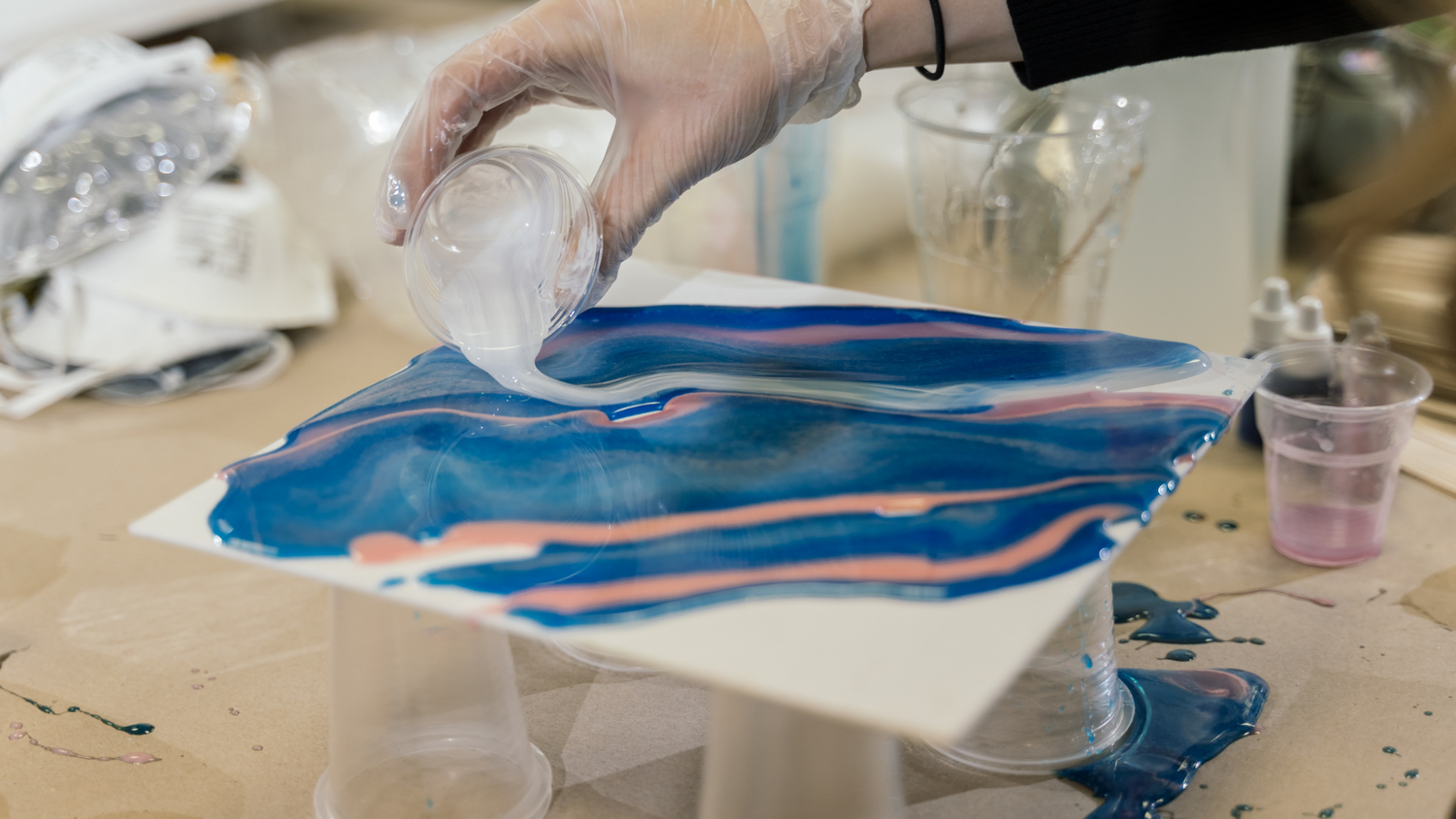
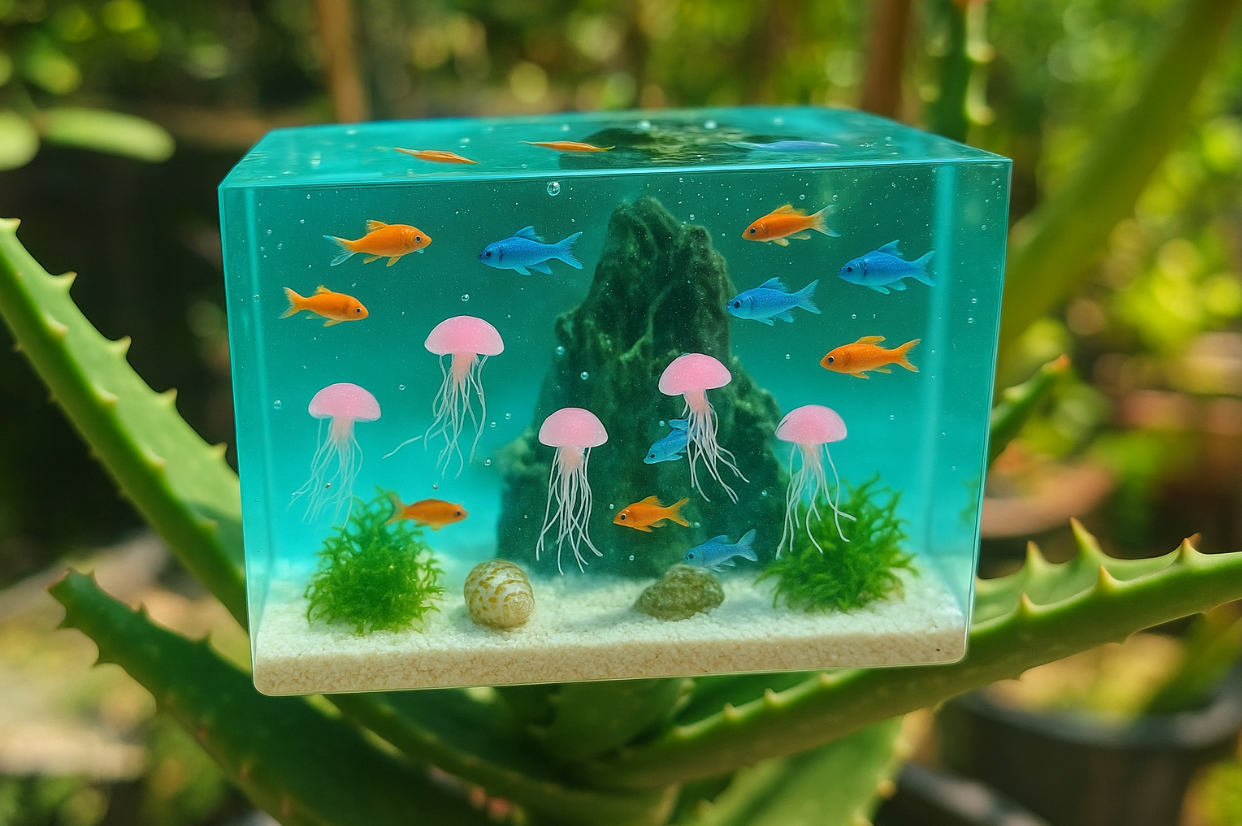
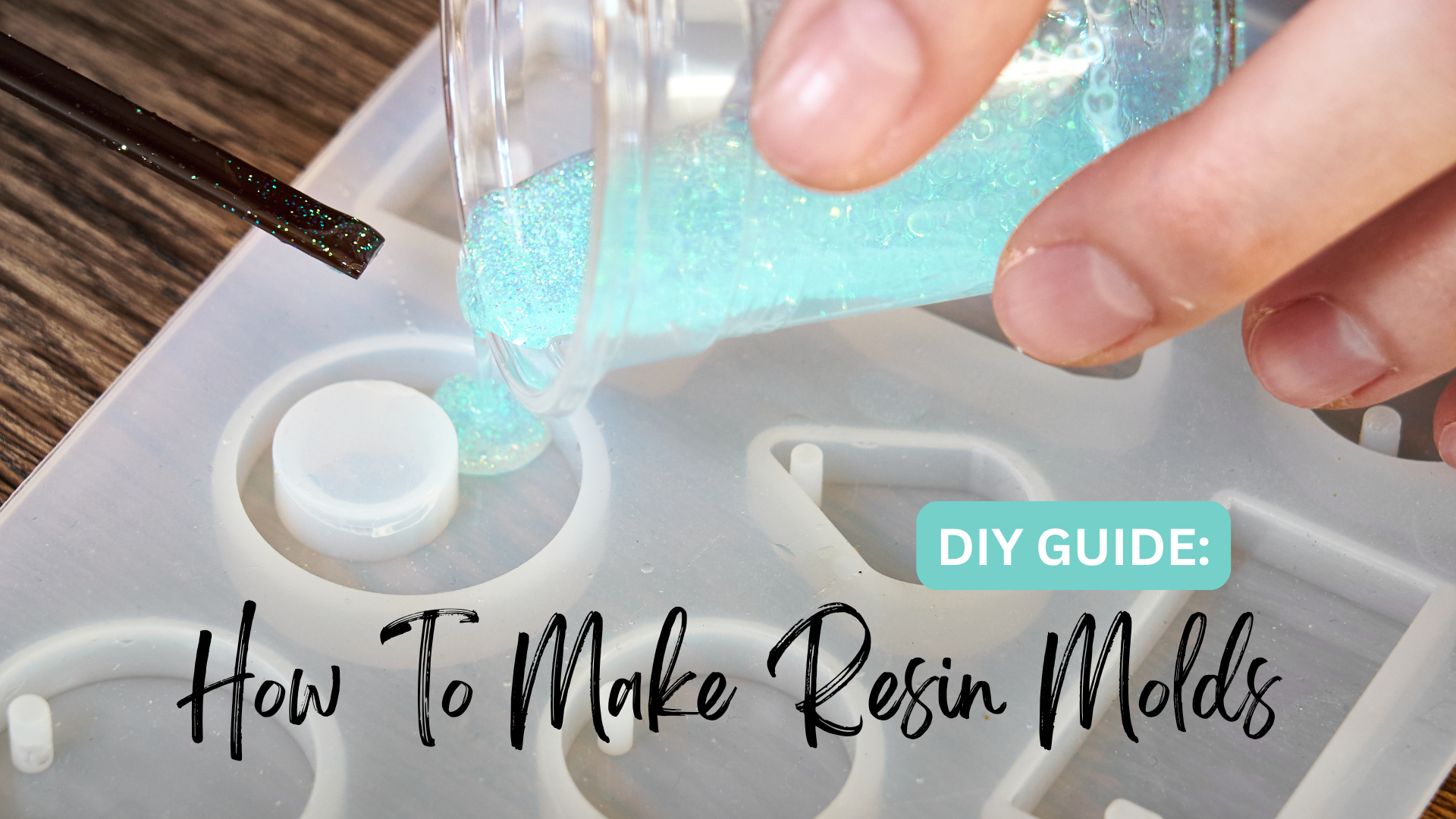
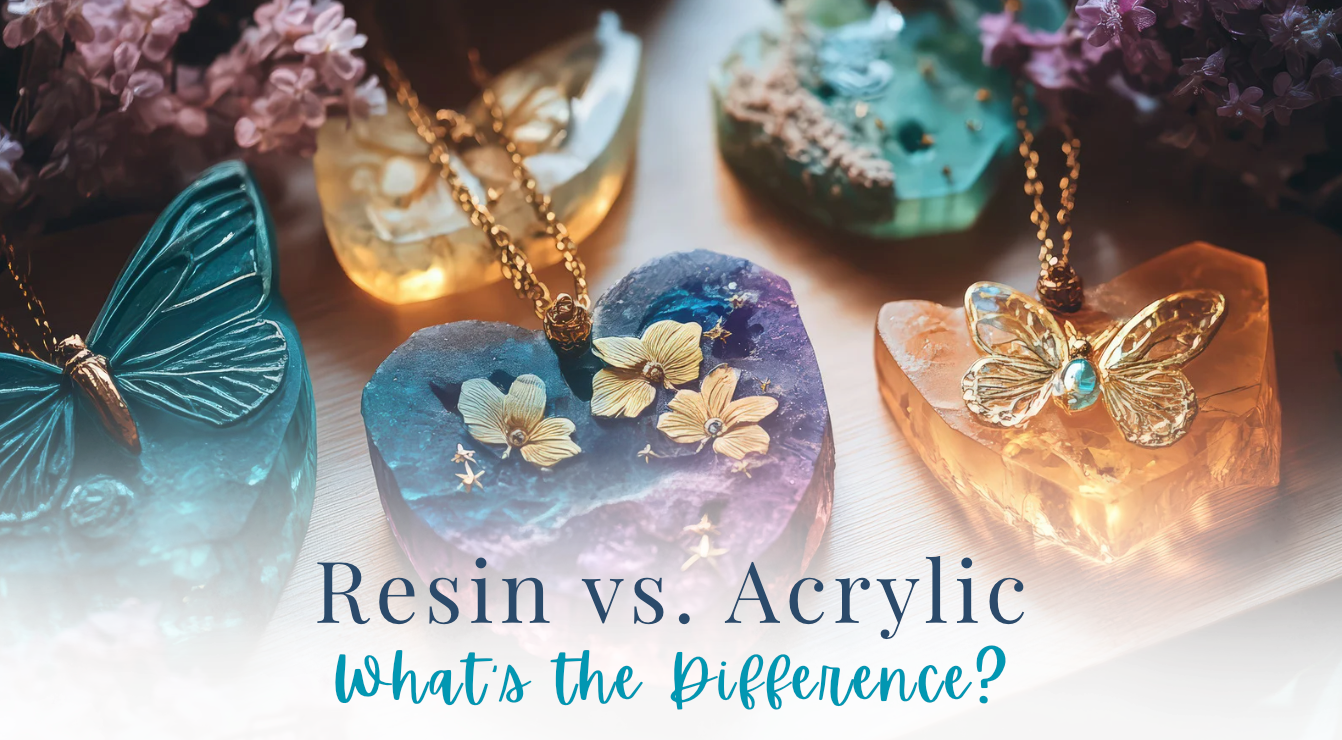

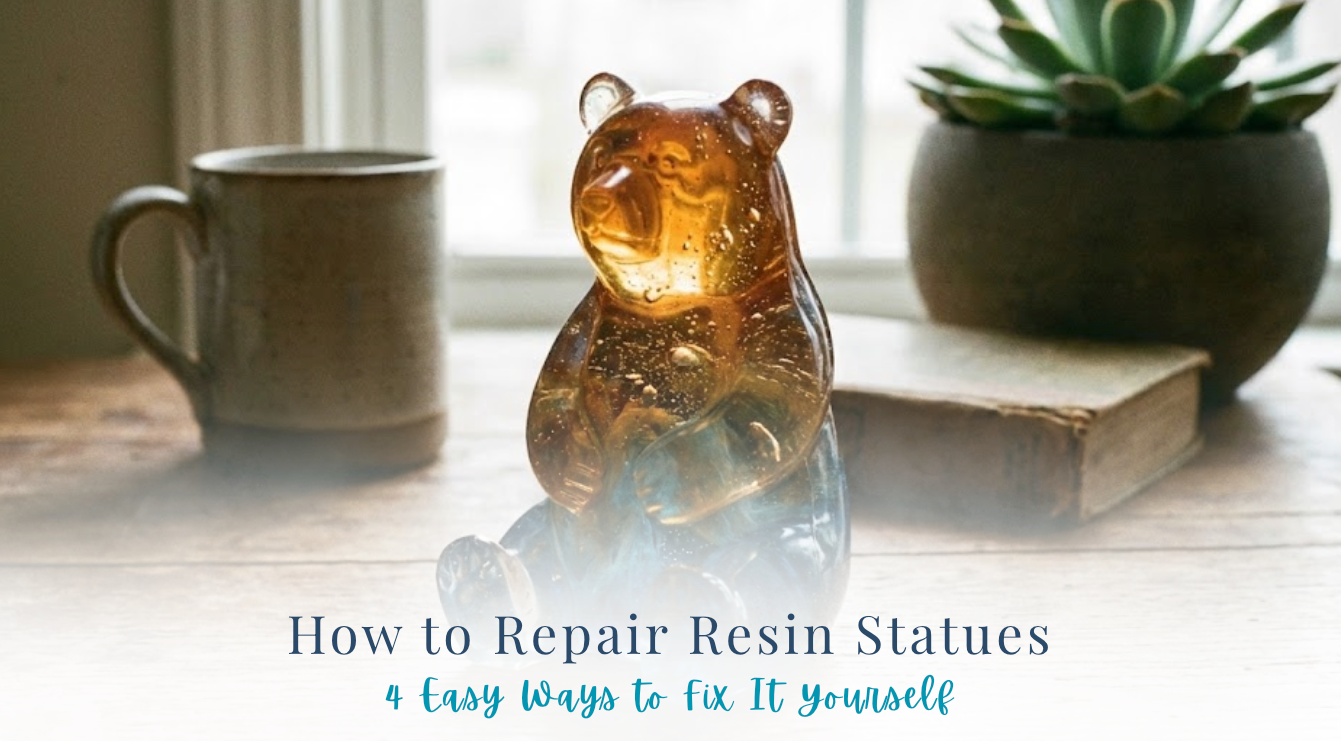

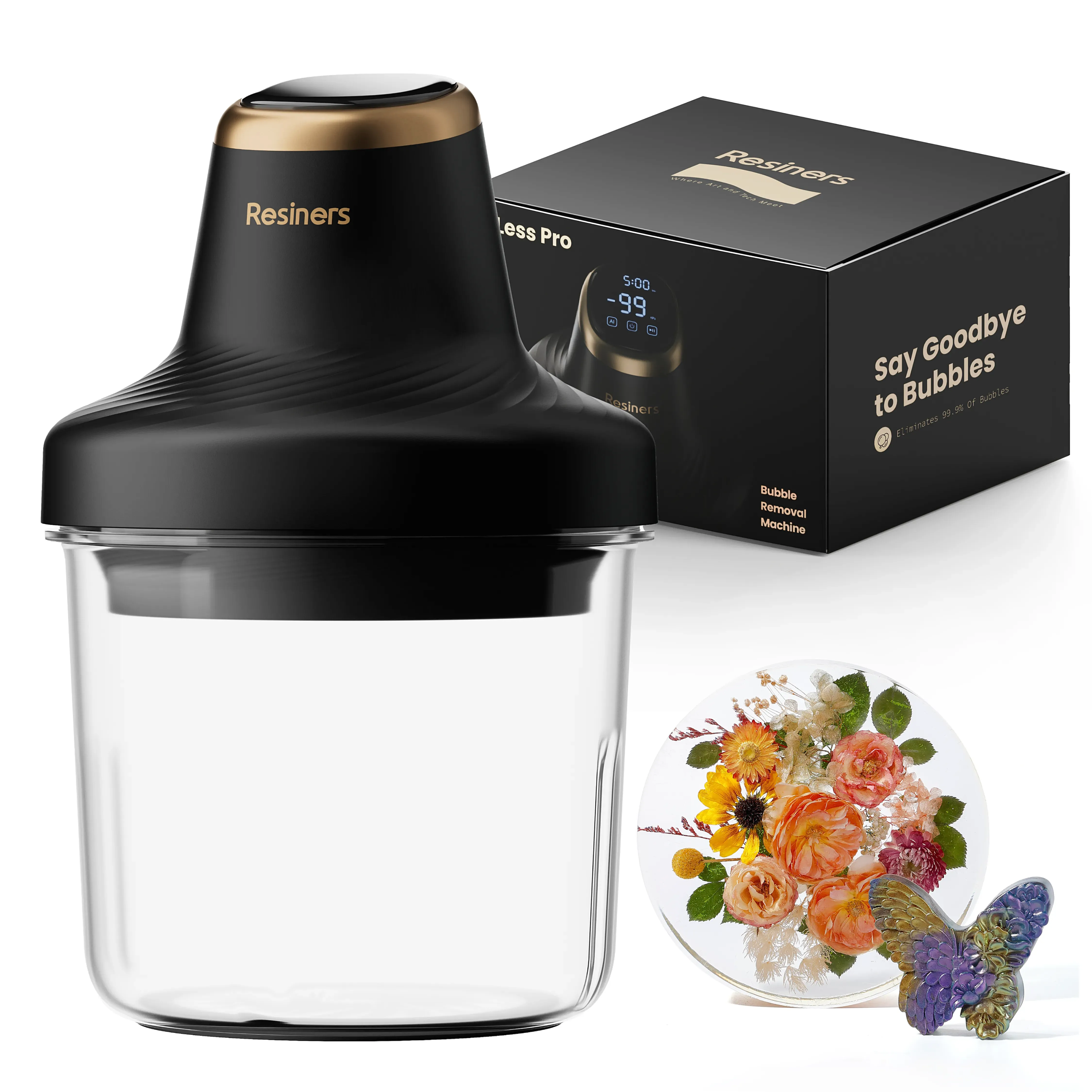
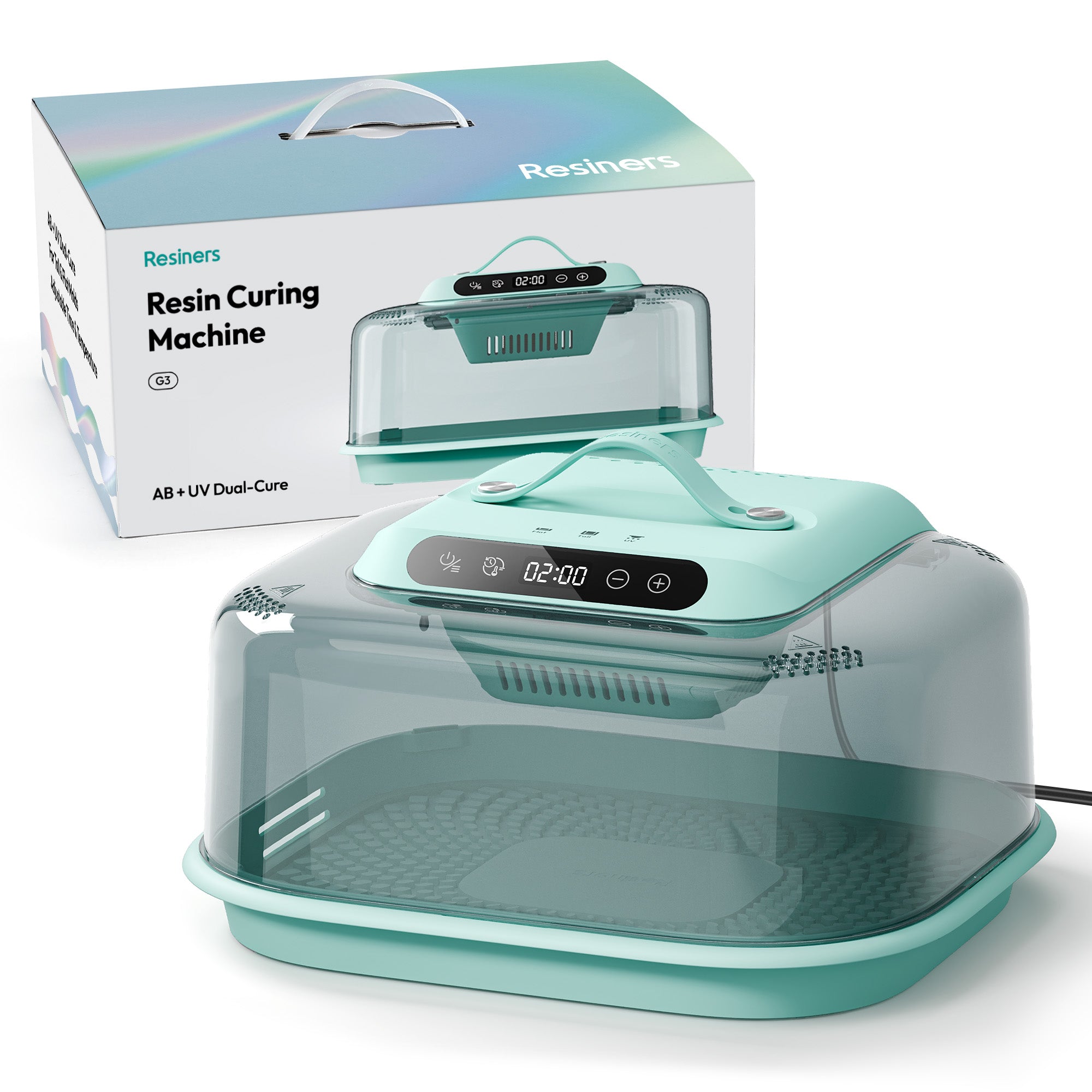

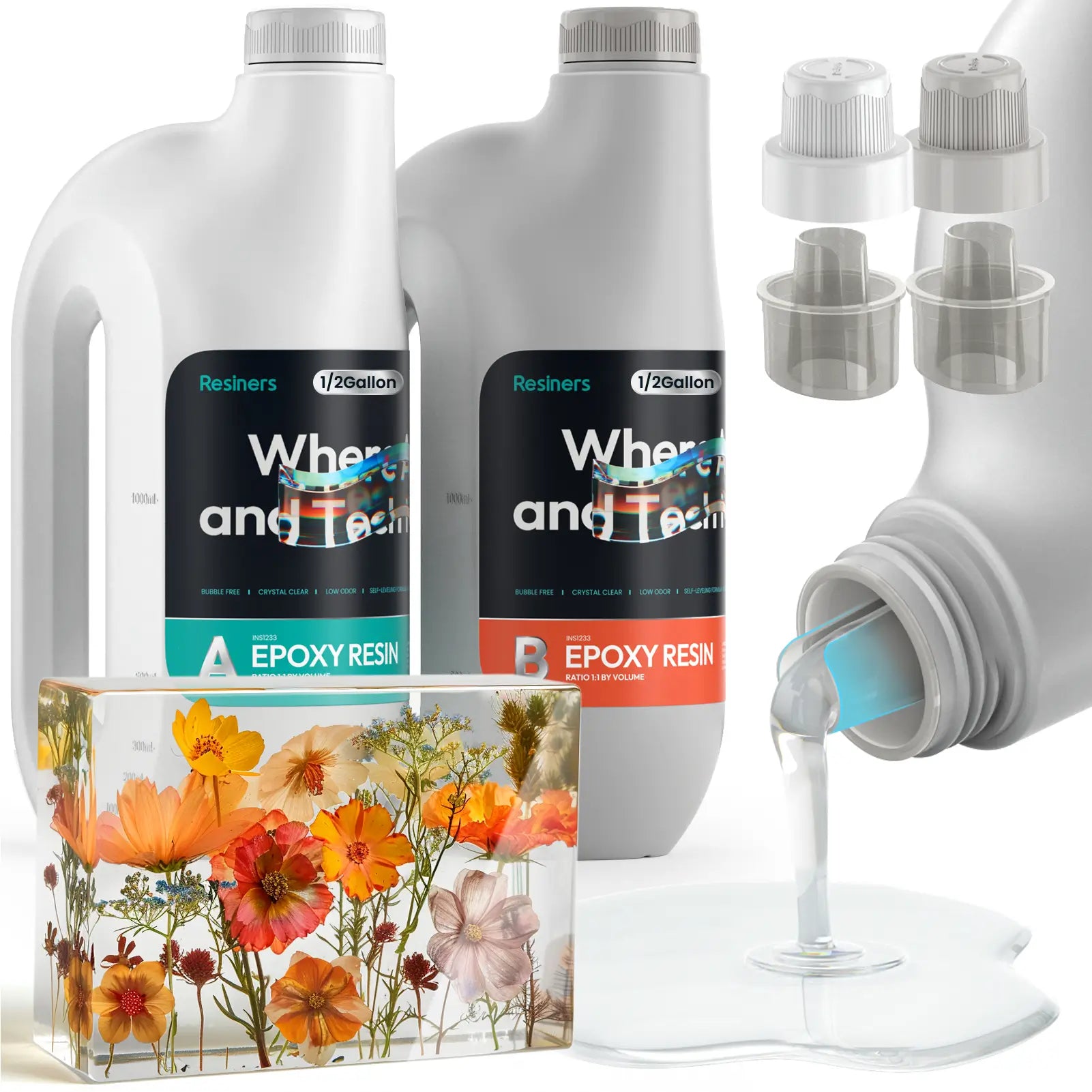
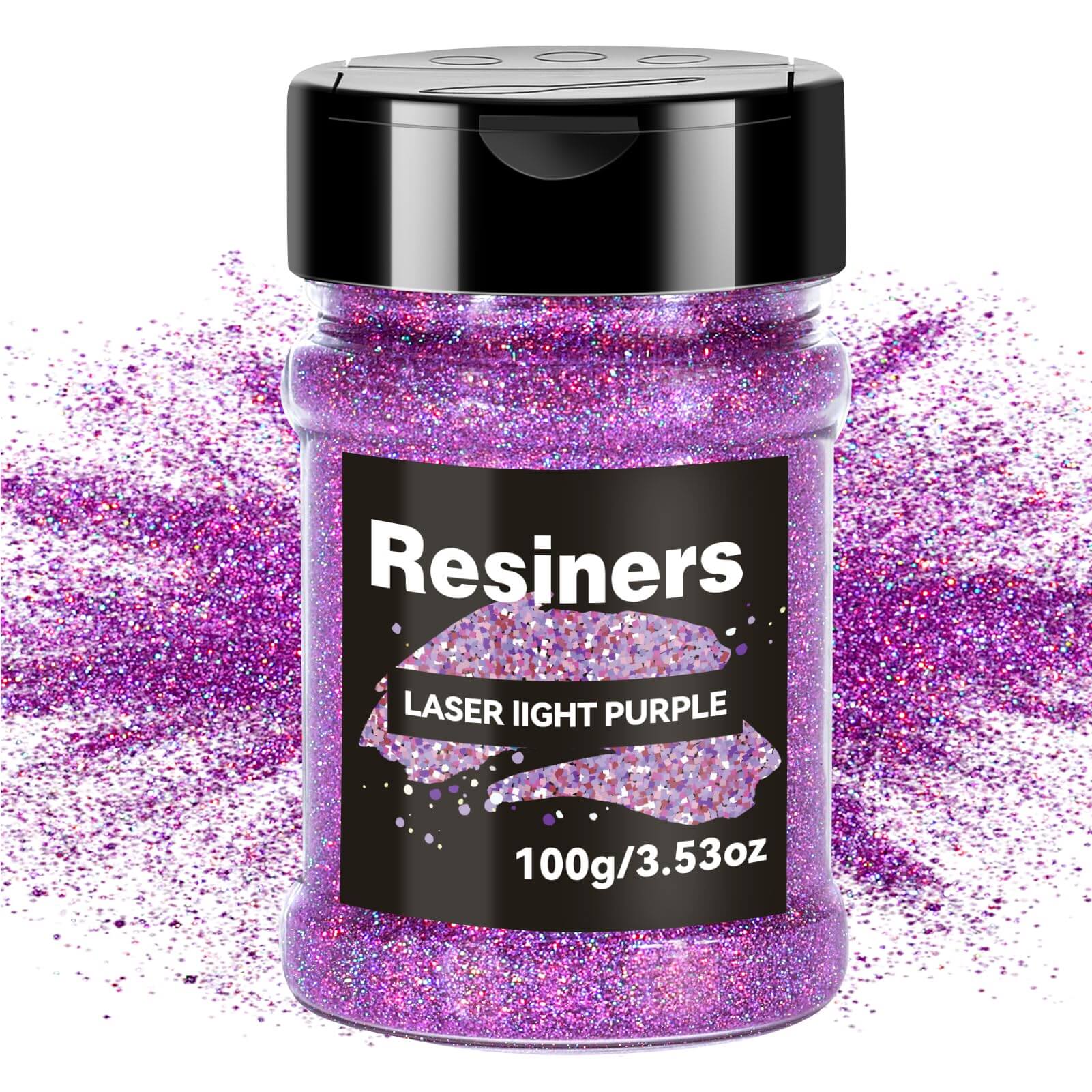
Dejar un comentario
Este sitio está protegido por hCaptcha y se aplican la Política de privacidad de hCaptcha y los Términos del servicio.